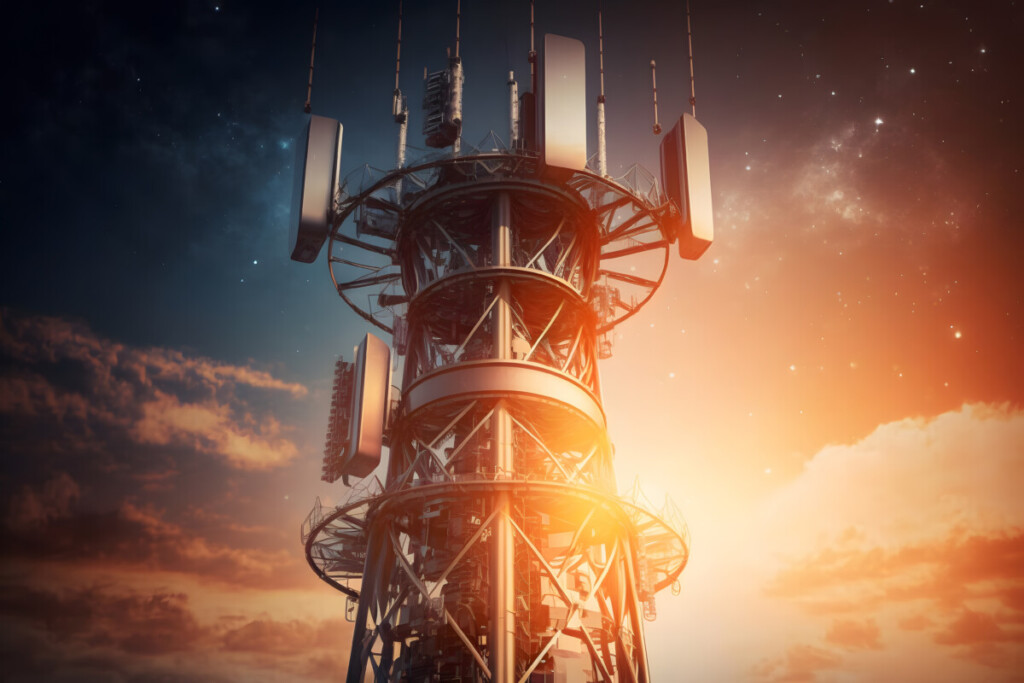The 2G/3G Sunset: How To Prepare IoT Devices For The 3G Shutdown

If you’ve deployed smart IoT devices or managed connectivity in any way, you undoubtedly know that the 3G sunset is well underway. While 2G and 3G Technologies have almost entirely lost footing in large parts of countries like Japan and the US, some regions have been slower to eschew the legacy connectivity.
The shutdown of such long-served connectivity networks might cause problems for those IoT deployments that have yet to upgrade to more modern connectivity solutions. As such, the drawn-out nature of this massive move away from 2G and 3G technology has been a boon for those businesses that have yet to prepare for the shift adequately. That being said, the sunset is still coming, and upgrading to more modern infrastructure is an inevitability.
While upgrading an IoT infrastructure to a completely new connectivity technology isn’t as simple as selecting a new provider, the work that goes into updating a deployment can be a bit of a blessing in disguise.
In this blog, we’ll look at how to get the most out of your 3G Ssunset preparation and pose the questions you need to be able to ask yourself when upgrading your IoT deployment.

What is the 3G Sunset?
The 3G sunset is a global process of phasing out legacy connectivity technologies so that the same infrastructure that supported them can be devoted to newer and faster connectivity solutions such as 4G LTE and Cat-M1 – a process called reframing.
Given the complexity of the reframing process, the 3G Sunset will be rolled out gradually over the course of months or even years. As such, telecom operators around the world have been setting their own dates for the transition. This means that even though the sunset initially began as early as 2019, there is no global end date in sight.
Though the process is ongoing, the march toward faster connectivity solutions is inevitable as technologies mature and needs evolve.
“The phasing out of 3G technology is an essential milestone in the evolution of mobile communication technology, said Ken Otsuki, Head of Global Carrier Relations at Soracom. “Although it may create temporary challenges for IoT fleets, it will eventually open up opportunities for more advanced and effective connectivity options.”
What Happens After the 3G Networks Sunset?
As the 2G/3G infrastructures are slowly shut down and repurposed, their connections may still work for a while, though will likely be slower and weaker. Once these networks are fully shut down, however, IoT devices reliant upon them may be rendered inoperable.
This will not be true for every deployment, as some devices, particularly those purchased in the past several years, may be capable of operating off of 4G connectivity as well. These devices should still be able to operate on modern networks, though they would obviously be limited to areas with available 4G coverage.
That speaks to one of the greatest challenges for many installations: identifying a suitable replacement technology for your area of operation. Remote and rural areas may not have many options for connectivity, narrowing or removing the preferred options for supporting an IoT deployment.
That scenario assumes that the deployment is utilizing devices that can operate on other connectivity technologies. Companies running older devices may find themselves without any accessible networks at all, leaving project managers with no choice but to purchase entirely new hardware to replace legacy devices unable to support more modern connectivity protocols.

How Should You Prepare for the 3G Sunset?
If you are running an IoT deployment, ideally, you should either have already begun or have planned for your post-3G connectivity needs. If you find yourself behind on your planning, however, we are here to help. Here are the things you need to do to prepare for the 3G sunset:
1). Assess Your Inventory – Look over your fleet of connected devices and assess their compatibility with other connectivity solutions. You need to know whether or not you will need to replace some or all of your devices and how that will affect your deployment’s productivity.
2). Assess Your Connectivity Options – Knowing your area of operation, what other connectivity options are available in the region? How will the new connectivity technology impact your bottom line with data costs or speed? You don’t want to purchase a new fleet of smart devices only to find out that the connectivity they’re built for is not supported in your operating area.
3). Can Your Service Provider Help? – A good connectivity partner should be able to help you assess your situation, select the best available coverage for your unique use case, and may even assist in your search for new devices.
4). Plan For the Upgrade/Replacement of Your Devices – If you need to replace your devices, or even just the IoT SIMs within, then you will have to deal with some degree of downtime. You can structure your upgrade process to help minimize the impact this will have on your bottom line.
5). Test Before You Commit – If you have the time to do so, be sure to test your new solution thoroughly before committing to a wholesale upgrade. What works on paper may not always work in practice, so upgrading a portion of your fleet as a sample is ideal.
An Opportunity to Upgrade More than Your Connectivity
While upgrading your IoT infrastructure to address the 3G sunset is an expense that many organizations may not be excited to make, there is still a silver lining. The process of upgrading your system gives you the opportunity to invest in new and interesting solutions to help improve your deployment’s performance overall.
Perhaps you can use the opportunity to add facility monitoring or equipment tracking solutions to your supply line or onsite operations. For example, smart utility monitors, like those designed by Soracom Partner Thinxtra, can help industrial operations identify areas of waste and address them to maximize facility efficiency.
Similarly, investing in a blended network solution like Soracom Arc can help safeguard against networking issues by allowing your deployment to connect over virtually any connectivity technology – everything from WiFi to SigFox to Satellite. This will allow you to utilize any available connectivity technology – even several different protocols at the same time – and all of it can be managed from the Soracom User Console.
“The 3G network shutdown is a chance for businesses to upgrade and enhance their operations, particularly in these challenging times,” Said Sam Sharief, COO of IoT solution designer Thinxtra. “Upgrading is unavoidable, so it’s wise to capitalize on the opportunity, reduce costs and make the businesses future-proof, plan well ahead, and engage the right partner to maximize the benefits and ensure continuity of service.”
………………
Got a question for Soracom? Whether you’re an existing customer, interested in learning more about our product and services, or want to learn about our Partner program – we’d love to hear from you!



